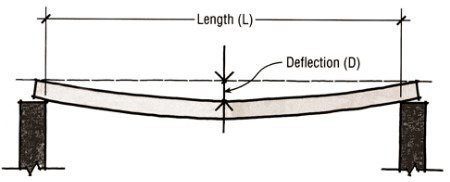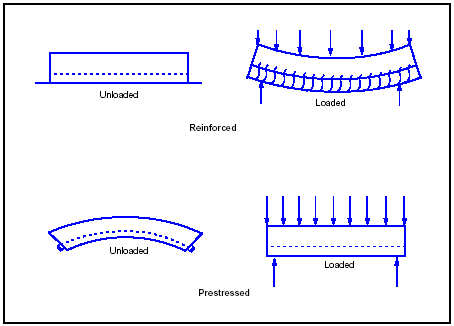Apart from structural integrity and safety, structural elements are required to be serviceable to achieve the required function through their service life. For instance, consider a reinforced concrete water tank, do you want the tank to be cracked?! Of course, NOT! Because water would leak out. This is a simple example for the importance of a structure to be serviceable.
One of the aspects of serviceability is the deflection in the elements subjected to flexural loads such as beams and slabs. To be within the permissible deflection limits is essential, even if the member is structurally safe, because people will not be comfortable when the above floor is sagging and of course, money would be expensed on rehabilitation.
In this article, some measures to control the deflection of reinforced concrete beams and slabs are given.
1- Increase the Dimensions of the Element
This includes increasing the thickness of slabs and increasing the width and/or depth of beams. The benefit from increasing dimensions can be revealed if we mentioned the deflection equation of a simply supported un-cracked beam or slab.
where I in the previous equation is the inertia. For a rectangular section,
Therefore, increasing b or d would result in a reduced value for the deflection. However, it is important to mention that the effect of increasing d is much more dominant than that of increasing b.
2- Use of Compression Reinforcement
Normally, slabs and beams have main reinforcement bars on the tension side only and the bars at the compression side are used as stirrups hangers in beams or to control shrinkage and creep in slabs.
However, if these secondary bars are used to resist compression forces, it can be beneficial in reducing the deflection value.
Noting that adding compression bars will not influence immediate deflection but will affect the long term deflection value.
This method is not commonly applied and is more influential in deep beams than in shallow beams or slabs.
3- Application of Prestressing
Simply, prestressing is the application of external load that creates a moment which acts against the moment from dead and live loads. The result would be a reduced deflection


Nice